My first introduction to couscous was at summer camp as a child, on a small island in the waters off Puget Sound near Seattle. This was not some slick, organized, professionally run summer camp. This was Sephardic Bikur Cholim congregation summer camp, put together by some brave congregants for two weeks every summer. Never mind that camp was always in June or that it usually rained most of the time, we could hardly wait for camp time to come every year.
The congregation would rent a camp facility with bunks and a mess hall from a church group and an advance party would go ahead to kosher the kitchen. The Ladies of the sisterhood volunteered along with some of the men to be the cooks. My mother was the camp nurse.
Couscous, just the name was enough to illicit peels of laughter from our irreverent gang of kids. One older lady in particular known as Auntie Beya M (I am omitting her actual last name) made couscous to accompany baked chicken some evenings for dinner. Auntie Beya was delightful but the food was always just awful. Somehow, we survived and it was always the best two weeks of the summer especially the Friday afternoon water balloon, squirt gun fight held before everyone got showered and dressed for Shabbat.
Now as an adult, I find that couscous is a versatile, delicious tasting alternative to rice, potatoes, or pasta. You can eat it plain, steam it with all kind of vegetables like in Moroccan restaurants, or you can combine it with herbs, or roasted vegetables like in this recipe. I prefer the larger pearl like Israeli couscous. You can find it whole grain or white.
1 large parsnips
1/2 large sweet potato
1/2 fennel bulb
1/2 red onion
2 beets
1 cup whole tiny grape tomatoes
1 and 1/2 tablespoons Baharat powder
Salt
Olive Oil
1 cup of Israeli couscous
1 and 1/2 cups of water
½ teaspoon salt
1/3 cup pine nuts
1/4 cup chopped fresh basil
1/4 cup chopped fresh mint
Wash and peel the carrots, parsnips, and sweet potato. Chop them into about ½ inch dice, all around the same size. Wash the fennel and trim off the stems and fronds. Dice the bulb about the same size squares as the other vegetables. Peel the red onion and dice it. Peel the beets and dice them as well. 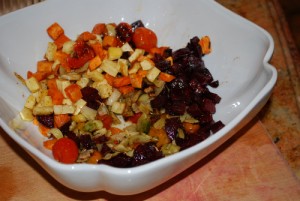 Wash and dry the tomatoes.
Wash and dry the tomatoes.
Preheat the oven to 350º. Toss each vegetable in its own small foil pan with a couple of teaspoons of olive oil, salt, and Baharat powder. Roast until golden, around twenty minutes. Remove the vegetables from the oven and set aside. Toast the pine nuts on a sheet pan for about 5 minutes. Keep a close watch on the pine nuts as they burn rapidly.
To prepare the couscous bring the 3 cups of water to a boil in a heavy bottom saucepan. Add a ½ teaspoon of salt to the water. Add the couscous. Turn down the heat and simmer for about 5 minutes. Turn off the heat and leave the sauce pan covered for 10 minutes until the couscous has absorbed all the liquid.
Just before serving, fluff the couscous with a fork, add in all the roasted vegetables and any olive oil remaining in the roasting pans. Then add the chopped herbs and toasted pine nuts.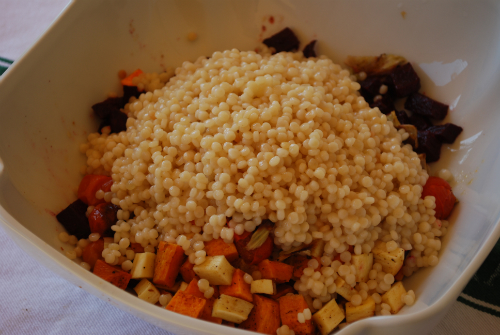
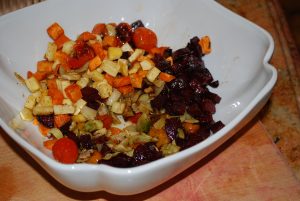
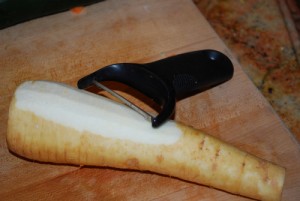
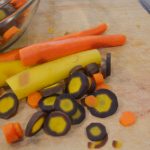

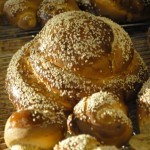
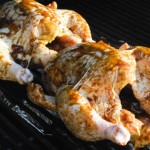
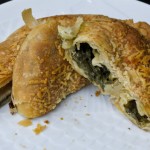

Leave a Reply